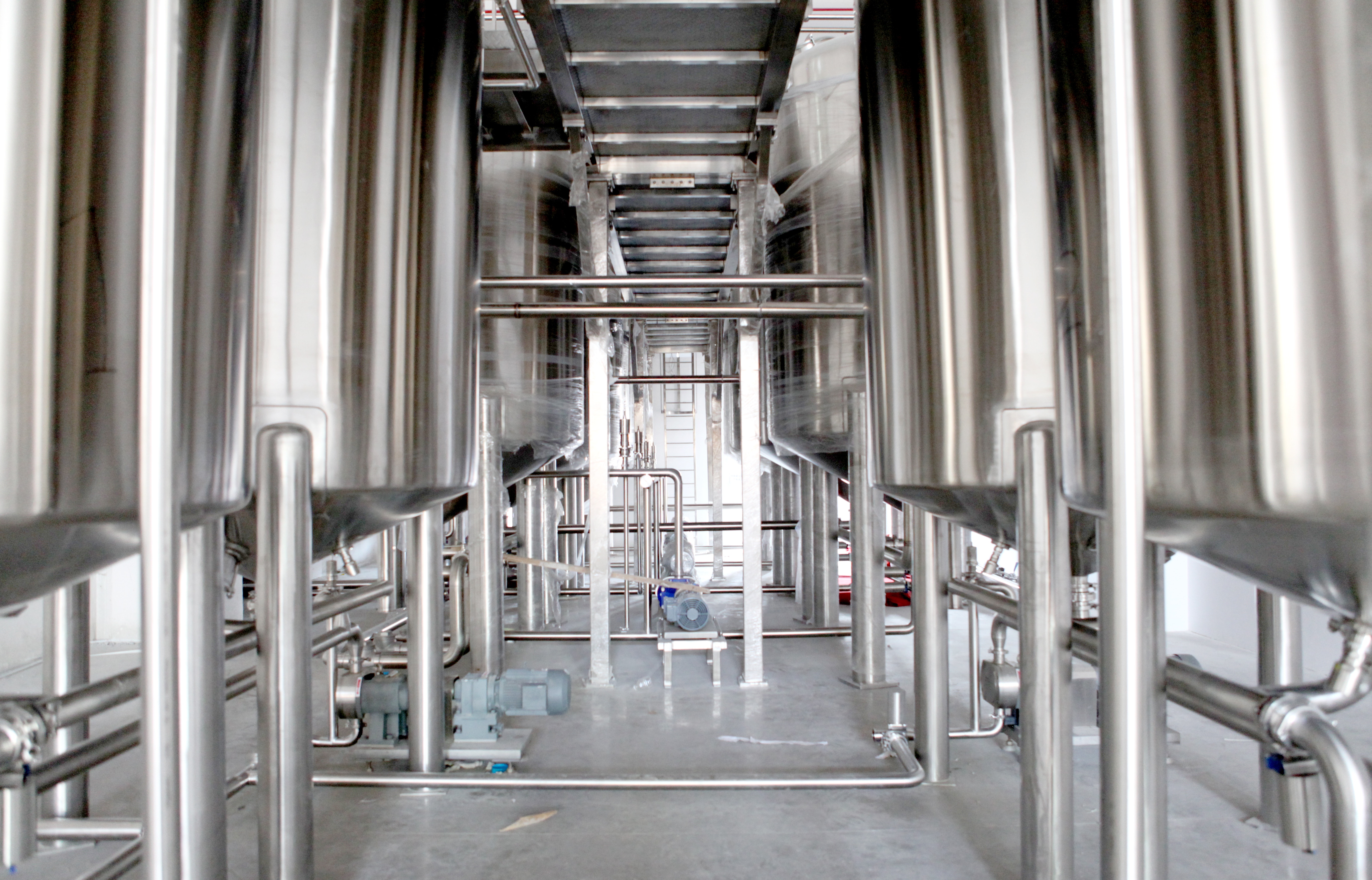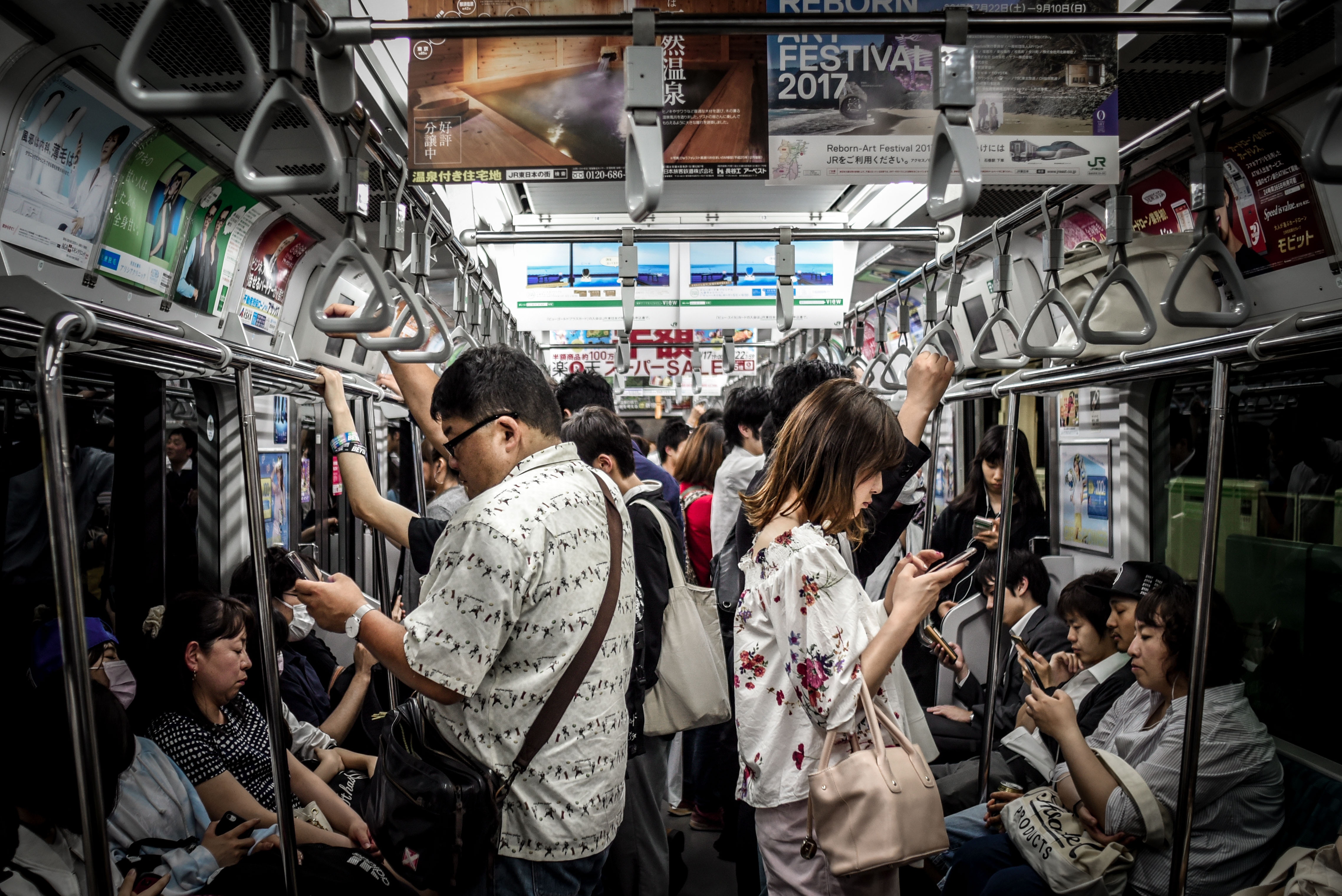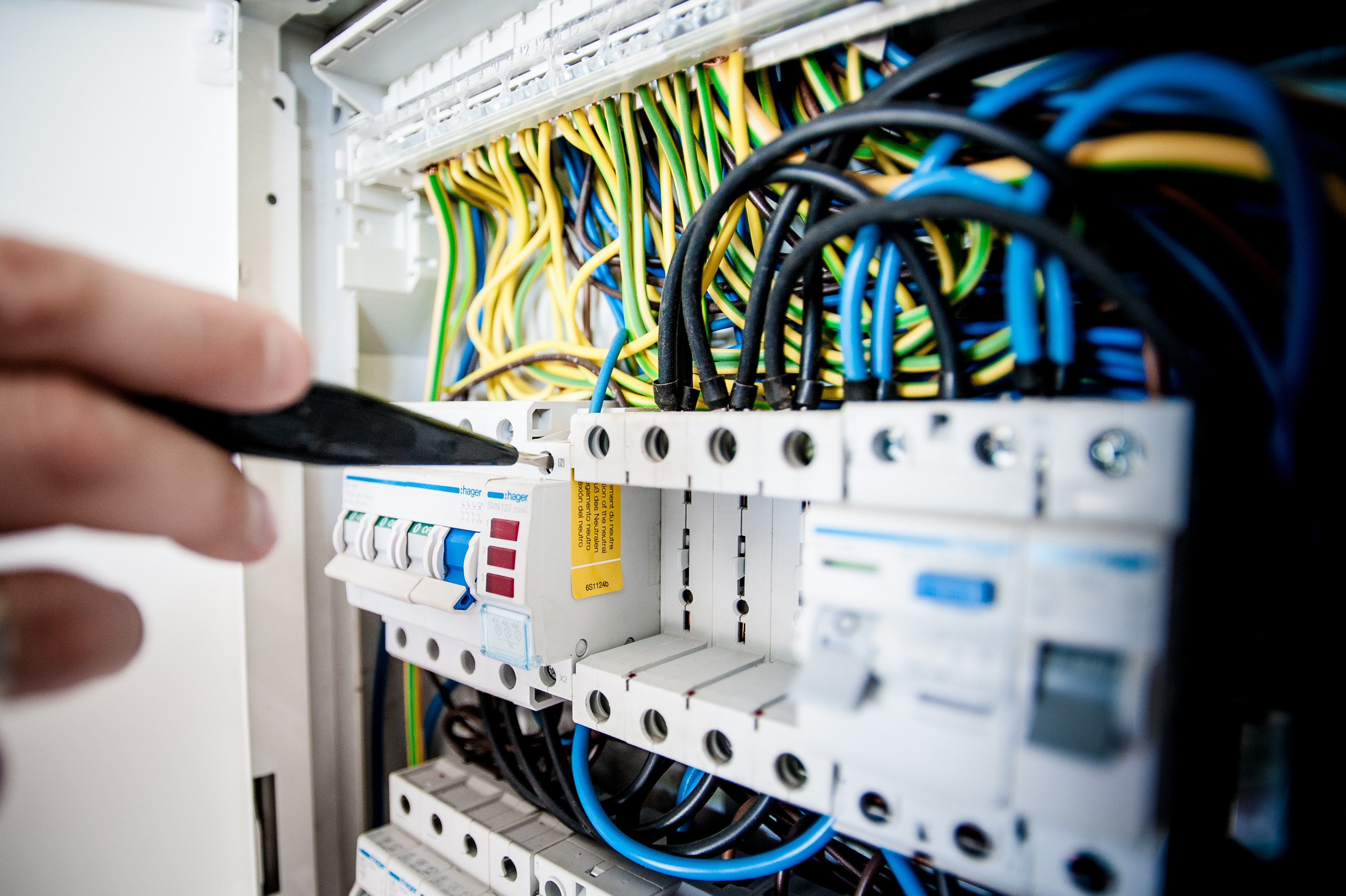Internet of Things (IoT) seems to be taking daily headlines in technology news. From connected cars, homes, businesses and more, we know connected devices will become more prevalent in our lives in the following years.
Even with all the buzz around IoT, our “Empowering Mobile Developers in 2015” global survey of 500 developers reveals that less than 20 percent of developers are currently working on IoT projects. This indicates that even with mass amounts of discussions, the industry has a while to grow before becoming mainstream.

So, what are experts predicting for the future of IoT?
The economic growth
- By 2025, IoT is predicted to be mainstream and having an economic impact between $3.9 trillion and $11.1 trillion per year.
- The same year, best-in-class organizations that extensively use IoT technologies in their products and operations will be up to 10% more profitable.
- Another study shows the IoT market rising to 5.4 billion connected devices across the globe by 2020.
Research suggests that IoT has a huge impact for the future of technology, and these technologies will bring economic benefits across every industry. The future holds a lot of potential for IoT.
Related: 4 Enterprise Opportunities with the Internet of Things
Smarter cities becoming smarter
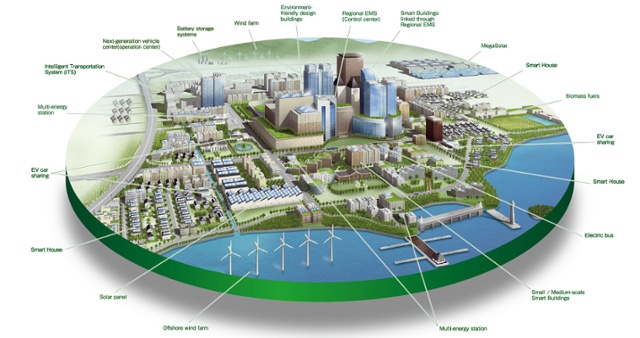
According to Business Dictionary, a smart city is a developed urban area that creates sustainable economic development and high quality of life by excelling in multiple key areas; economic development and high quality of life excelling in multiple key areas; economy; mobility; environment, people, living and government.
Barcelona, Spain is a great example of a city embracing IoT and integrating IoT technologies into its citizens’ everyday lives. It offers city-wide wi-fi availability on parking meters that allows citizens to access available parking spots and pay within their mobile devices. Along with that, the public can access data points provided by the city on air quality, traffic and noise levels in their hands from mobile devices.
There are many other examples of cities adapting to IoT systems with smart trash cans that track where trash goes, smart street signs that improve the flow of traffic and more.
Privacy will be more difficult to keep private
According to the managing editor Lauren Goode at Re/code, “Right now one of the key pieces that’s missing from the IoT space is standardization around security and privacy.”
We hear in the news all the time about cloud services being breached. We also know that once information is out there for the world to see, there is no hiding it. The IoT market has a lot of room to grow, but a lot of vulnerability comes with opportunity.
So what is being done in the future to secure IoT devices?
Because this issue has become so common, the federal government has stepped in to address some of these problems. In addition to government involvement, other organizations and non-profits are setting up platforms to start solving these security issues. A spokesman for the Internet of Things Security Foundation stresses the importance of addressing security from the start.
Other experts say there needs to be a plan for having updated security measures on IoT devices as a way to reduce attacks. Because the concept of IoT security standards is still relatively new, formalization is a must.
Related: Top 10 IoT Technologies for Business
Wearables and IoT for improving health, not just tracking steps
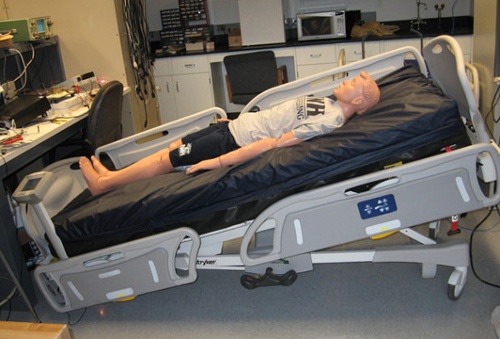
Fitness trackers are now a multi-billion dollar market, worn by people of all walks of life. Now, governments and businesses are taking it a step further and developing how they can use wearables to increase safety, improve wellness, reduce the cost of medical care and decrease lost productivity.
According to Forbes, Market Research developed a new study that predicts the health care IoT market segment to reach $117 billion by 2020. Some hospitals are already taking the leap and implementing smart tracking devices within the facilities and wearables for patients to use. For example, hospitals are using smart beds that can detect when they are occupied and when a patient is attempting to get up. This ability for doctors and nurses to keep track of patients increases patient safety.
Outside the hospital setting, IoT applications will allow doctors to streamline information with their patients on a daily basis. According to Deloitte University Press, everyday behaviors lead to conditions that cause 40 percent of premature deaths. When doctors receive instant digitally-collected patient data instead of self-reported data, these doctors can improve health care by personalizing the experience and encouraging health behavior before the patient becomes ill. There are so many opportunities within the health care system, and we will continue to see this industry grow.
Deciding how to manage IoT projects
According to CIO.com, some CIOs see the future potential for IoT integration within their companies. IoT will eventually influence every aspect of an organization including employees, projects, technology infrustructure and more. From a CIO standpoint, proper management of these IoT projects is vital as the projects will impact a company’s ecosystem and possibly, future businesses decisions.
What company division will oversee these projects? Is it IT? Marketing? Digital? Who are the internal leaders equipped with sufficient experience to understand the IoT landscape? Do companies have the internal developer talent to work on these projects? How does a company budget for staff hires to fill existing skills gaps?
There are a lot of questions that will come up, and as IoT becomes more of an everyday tool for businesses, companies will figure out who can best manage the projects.
Voice command will become a natural occurrence
We are starting to see the correlation between voice command and devices thanks to Google, Apple, Microsoft and some other big companies. According to Hal Varian, Google’s chief economist: “We will expect things to respond to vocal commands. We will be able to say ‘TV, pause’, ‘lights, on’, ‘temperature, up’, and so on. We will able to control our home systems remotely, particularly from our car. This technology will be so cheap that it will naturally be incorporated into most appliances and devices.”
It’s crazy to think that voice communications with technology will become a natural thing, but with improvements and expansion in IoT, we will not even notice ourselves talking to machines in the upcoming years. In many industries, we are already there.
IoT as a greenfield market
Decade over decade, technology advances the way society behaves, both on a personal and economic level. Because IoT involves an unlimited number of connected devices, the market is greenfield. There will be new ideas, business models approaches and solutions that will change how things are currently being done.
According to Cisco, 99% of the “things” in the world that could be connected, remain unconnected today. The opportunities are seemingly endless. Just like how Apple and Google took over the mobile industry, any player can come in and change the game. It will be interesting to see which businesses see the most change in the next few years.

